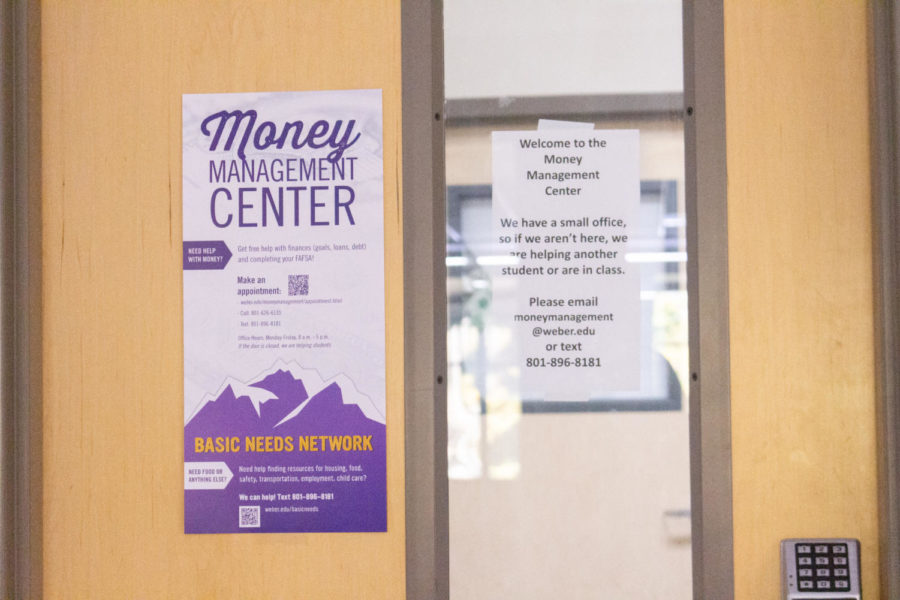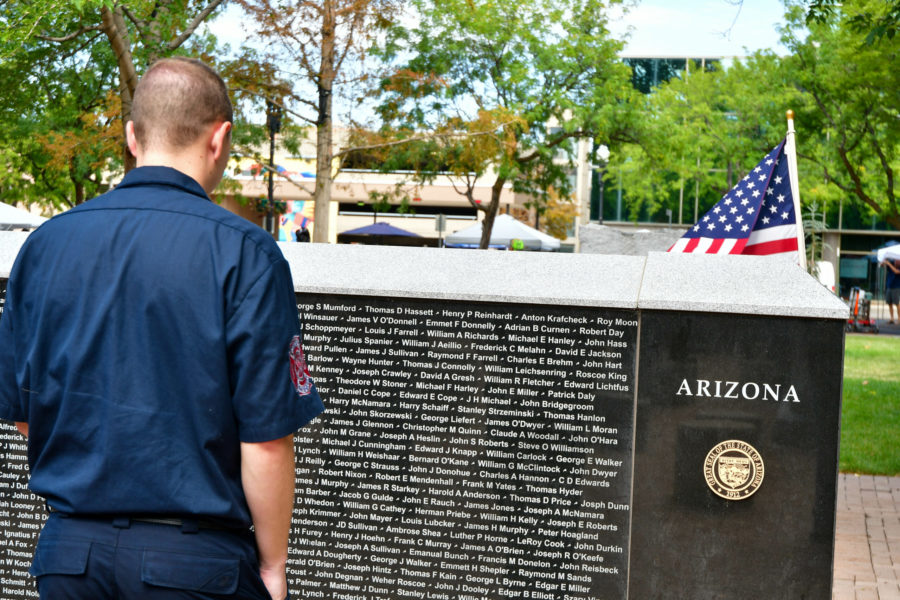
Corporal Marquelle Dreis and fellow soldiers take a moment to pose for a photograph during deployment in Kuwait.
During the next decade, the United States’ demand for scientists and engineers is expected to increase at four times the rate of all other occupations. While science, technology, engineering and math careers are booming in the world of civilians, they have also become a key component in the nation’s military.
The military offers a variety of STEM-related careers. In the science fields, there are medical, clinical and environmental jobs available. Weber State University student Corporal Marquelle Dreis serves as a preventative medicine specialist in the U.S. Army. Dreis is currently deployed to Kuwait and recently received her Expert Field Medical Badge. She said the Army has provided her with so many opportunities that are not available to other people her age.
“I have met so many amazing people, pushed myself to my limit and traveled so many places,” Dreis said. “Learning about the Arabic culture on this deployment is definitely a life experience I could not have gotten in really any other way. I’ve also had a lot of opportunities and growing experiences, such as earning my EFMB, going through WLC, going through Combative Levels I and II, and being a team leader in a preventive medicine detachment.”
For technology, the military offers career opportunities that are unavailable in the civilian world, because training is done on such high-tech equipment.
Sergeant John Smith, a recruiter at the Ogden Army recruiting office, said many of the jobs in the Army are now based off of technology.
“The Army is improving a lot nowadays with technology,” Smith said. “They’ve actually begun to have computers that are like Palm Pilots to do calculations for people.”
Smith said the majority of the math-related jobs are those of the people who call in the artillery.
“These are the people that send up flares, and they count how many seconds the flare takes to come back down,” Smith said. “Based on that, they can recalculate their equations.”
The many technology jobs include communications and intelligence analysis. The Army Corps of Engineers is the world’s largest public engineering, design and construction management agency. Math also has a wide range of jobs available, including finance, intelligence and logistics.
Josh Cowles chose to join the Navy as a machinists mate. He said there are many jobs in the STEM field, and the U.S. Navy has provided him with hands-on educational opportunities he couldn’t get from going to school.
“There are many nuclear careers in the Navy, and the majority of what military works with is mechanical or electrical,” Cowles said. “I’ve learned real skills that are useful in the civilian world outside of a classroom setting.”
There are many ways that the military can coincide with going to school, though.
“If you are active duty, there are options for you to do night classes or even ROTC,” Smith said. “If you’re currently going to college and feel like you need a break, joining the military is a good option. You can even go Reserves and continue with your classes after basic training.”
Dreis is in the Army Reserves and studying pre-med at WSU. After that, she plans on the Army putting her through medical school.
“It’s harder to rank up on the enlisted side without having any college classes or a degree under your belt, but there are so many incentives to both join the Army and get an education,” she said. “The Army will literally pay you to go to school and get your degree. There are numerous programs that support the troops by helping pay for classes, books, student loan repayment, etc. It almost sounds too good to be.”
While the military has many benefits, they come with struggles and sacrifices. Only 0.73 percent of the U.S. population is in the military, and only 0.48 percent of those people joined in a time of war.


















